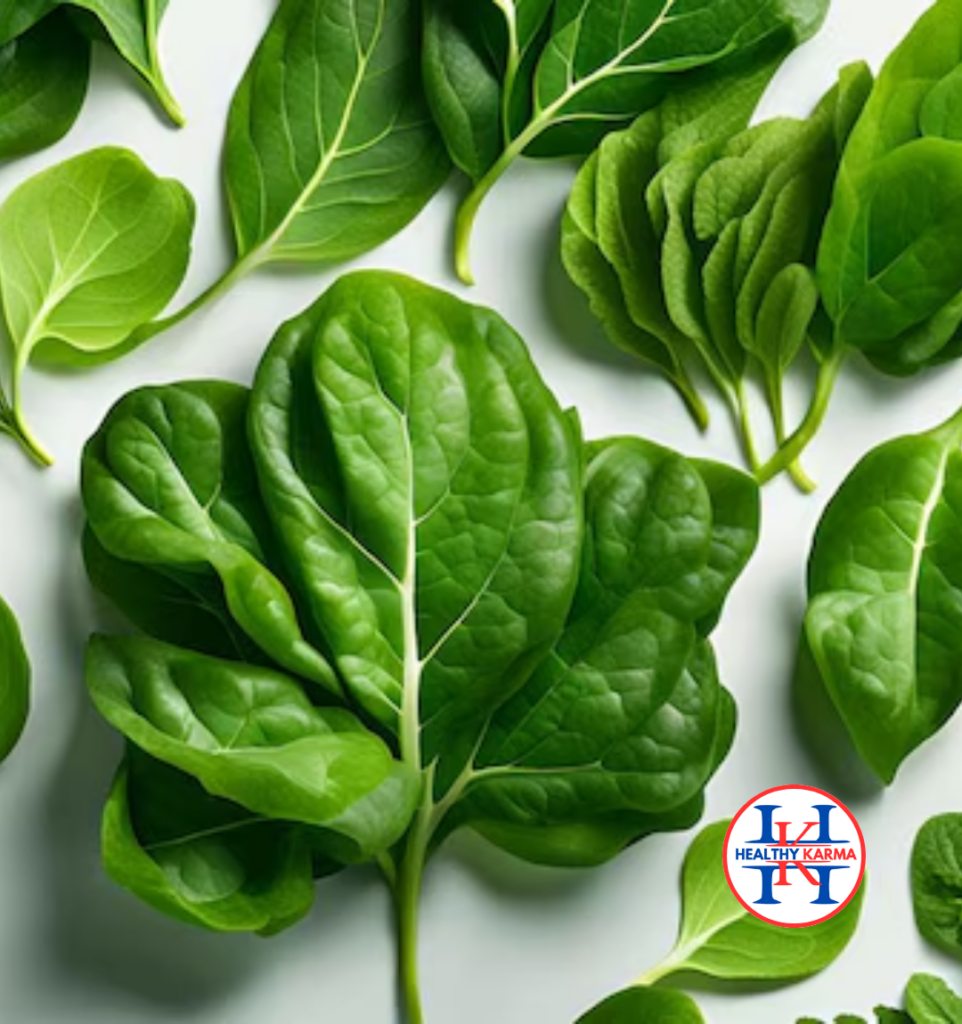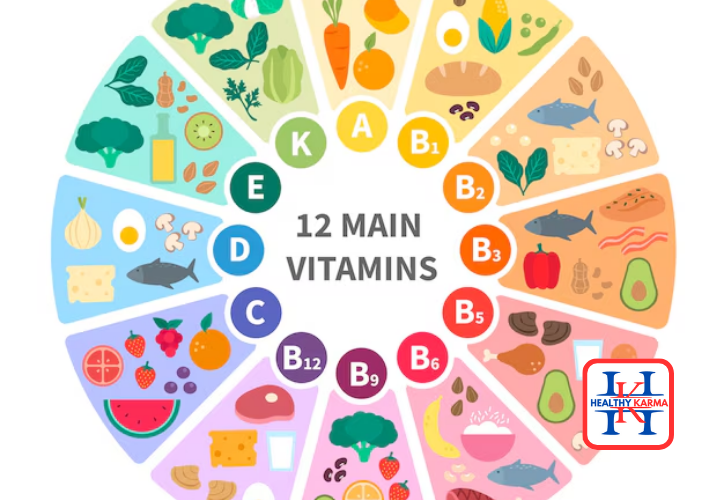

Nutrient Reference Values (NRV) and Their Importance in Nutrition
NOTE: The article forms part of a question asked on Quora.
As an individual, how well do you know your plate? Do you know what you are putting on your plate and how much? Is the quantity of the intake in the body sufficient to maintain your body’s needs?
These and other such questions can be easily answered by understanding the Nutrient reference values (NRVs) related to the food groups that are a part of the diet that you are consuming.
Simply put, these NRV’s, also referred to as Dietary Reference Values (DRV’s) in scientific terms, are nothing but a benchmark that provide recommendations for the optimal intake of nutrients in the body to maintain good health and prevent nutritional deficiencies.
These values are established by health authorities and nutrition experts to ensure that all individuals with different types of nutritional requirements, located in different geographical locations, consume the right amounts of vitamins, minerals, and other nutrients that are necessary for optimal health and well-being.
Nutritional Reference Values (NRV’s) serve as a crucial tool for nutritionists, healthcare professionals, and the consumers in understanding and meeting dietary requirements that are required for different types of bodies. These values serve as benchmarks for the recommended daily intake of various nutrients, such as vitamins, minerals, and macronutrients, necessary for the body’s proper functioning.
To comprehend the importance of nutrient reference values, it is essential to delve into the significance of each component in relation to the body’s nutritional needs, whether they are the broad-based food groups such as proteins, carbs or healthy fats or micronutrients such as minerals.
Therefore, the importance of NRVs in relation to nutrients cannot be overstated, as they break down the food into the minutest parts to understand the composition of each and every element that the foods are made up of. They have their set of advantages in guiding individual dietary choices:
understanding the nutritional requirements of different diet plans.
NRV’s provide a broad benchmark against which the nutritional adequacy of different types of diets like the keto diet, paleo diet, etc on different types of bodies can be assessed. These values help both individuals and healthcare professionals alike to determine whether the nutritional intake in an individual body’s is sufficient to achieve the desired health goal, whether it’s losing weight or managing a healthy lifestyle in the long term.
For a healthier lifestyle, the nutritional requirements in the body should be balanced as both excessive and deficient nutritional levels in the body both causes health issues, particularly once the body goes into its natural aging cycle.
Helping with developing new alternatives through research and development
NRV’s are a strong base that helps with nutritional research to understand nutritional requirements of each body type in a better and efficient manner. Through a better understanding of the recommended intake levels of various nutrients in different types of bodies, researchers can implement strategies to address widespread nutritional deficiencies through additional supplements as some of the nutrients are not available in natural food.
Understanding and reading food labels for processed foods
When natural foods are processed, the nutrients tend to undergo a change in their values. Therefore, NRV’s play a crucial role in the food processing where the natural foods are converted into different forms for increasing the shelf life.
Food labels on the packaging of processed foods helps consumers make informed decisions about the nutritional content of processed and packaged foods and how their food choices fit into their overall diet.
proper dietary planning
Reading the NRV’s right about different types of bodies helps set a foundation for a well-balanced diet plan that is required both maintaining weight loss and managing a healthy lifestyle in the long term. Reading these values right along with other lifestyle factors help ensure that individuals receive adequate amounts of essential nutrients in their body to help manage the appropriate calorie intake in the body, that helps manage weight loss in the body.
types of nrv's
The most common benchmark for reading NRV’s is the recommended dietary average or RDA. This benchmark measures the daily intake of nutrition that is sufficient to meet the nutrient requirements of most healthy individuals. In the case of morbid conditions in the body like blood pressure or those suffering from diabetes or heart disease, have different levels of recommended dietary allowance.
Recommended dietary allowance
The recommended dietary average or RDA measures the daily intake of nutrition that is sufficient to meet the nutrient requirements of nearly all healthy individuals. In the case of morbid conditions in the body like blood pressure or those suffering from diabetes or heart disease, have different levels of recommended dietary allowance.
adequate nutrient intake
In those types of bodies, where the recommended dietary allowance (RDA), cannot be determined, for e.g. those bodies suffering from morbid conditions like diabetes or blood pressure, the benchmark of adequate nutrient intake is used to measure the estimate amount of nutrient intake in the body, as these bodies have special nutritional requirements.
tolerable upper intake level
The tolerable upper intake indicates the average daily intake of nutrients in the body, the consumption of which that is not likely to pose adverse health effects.
Understanding and applying NRVs can significantly contribute to maintaining a healthy lifestyle and achieving weight management goals. In this context, let’s explore five nutrient-dense foods that are particularly useful for weight loss and overall health:
leafy greens
Most of the leafy greens in the raw form contain the highest nutritional values amongst all food groups, whether they are macronutrients, that include carbohydrates, proteins, and fats, which are the most important sources of energy in the body and play a pivotal role in supporting bodily functions.
Carbohydrates provide the primary source of fuel for the body, whereas proteins are essential for tissue repair and growth, and fats for managing the cell structure and hormone production in an effective manner.
In addition to macronutrients, micronutrients such as vitamins and minerals are equally important for maintaining various physiological processes in the body, including immune function, metabolism, and bone health.


Meeting the recommended intake of vitamins and minerals through NRVs is essential to prevent nutritional deficiencies in the body that can lead to health problems.
A deficiency in different types of nutrients that include vitamins A, C, K, and folate, and minerals like calcium and iron, among others, causes deficiencies in the bodies of both adults and children alike. These deficiencies affect both the mental and physical healthy levels of the body irrespective of the age or the gender.
For e.g. A calcium deficient body tends to suffer from a condition called “Osteoporosis”, that causes bones in the body to become weak and fragile, increasing the risk of fractures and falls. This condition is usually seen in older people, though children may also suffer from the same if during pregnancy, the mother’s body is deficient in calcium and other nutrients.
Newborn babies suffer from a condition called “Rickets”, a disorder that affects the children of those mothers who suffered from malnutrition at the time of the baby’s birth.
This condition causes soft and weak bones in the babies, causing difficulty in normal growth that includes both physical and mental development of the body and impairs physical activities like walking.
Green vegetables also contain high levels of dietary fibre, which is an important nutrient that is required by the body for managing the digestive process.
Dietary fibre also helps manage hunger levels in the body. The high level of natural water content that is present in leafy greens contributes to managing the hydration levels in the body by acting as a substitute for water.
berries
Berries, that belong to the fruit family, are packed with loads of antioxidants, vitamins, and fibre, at the same time being relatively low in calories. They are rich in vitamin C and manganese. The fibre content that is present in berries and other fruits helps regulate blood sugar levels in the body is a substitute for water, which controls hunger levels in the body, making them an excellent choice for weight control and management.
greek yogurt
Greek yogurt, a dairy product, contains a high level of protein, that is roughly twice the amount of protein that is present in regular yogurt. It’s classified as a super food as it is an excellent source that contains other nutrients like calcium, probiotics, and B vitamins.
The high protein level present in helps preserve lean muscle mass during weight loss, particularly as the body starts aging. The probiotic levels help support gut health, which is important for managing the digestive process in the body and preventing chronic conditions in the body like inflammation and heart burn. Besides, managing a healthy gut is important for managing cellular health, which is an important aspect of managing the immune system and weight loss, among other benefits.
salmon
For those who love sea food as part of their diet, Salmon is rich in high-quality protein and omega-3 fatty acids, and other nutrients that include EPA and DHA. These nutrients are crucial for managing heart health, mental health that controls brain functions, and managing the digestive disorders in the body inflammation.
The protein content present in salmon helps maintain muscle mass during weight loss, while the healthy fats create a sense of fullness in the stomach. Salmon is also a good source of vitamin D, which is essential for bone health and immune function.
nuts and seeds
Being calorie-dense by nature, nuts and seeds are considered as super-foods. Though nuts and seeds contain cholesterol, they are also rich in other nutrients such as healthy fats, protein, fibre, vitamins, and minerals.
They provide an ideal combination of all food groups that include protein, fat, and fibre, that are necessary to manage the hunger levels in the body, besides providing a balance intake of nutrients. Nuts like almonds also contain high levels of vitamin E and magnesium, while chia seeds are an excellent source of omega-3 fatty acids and calcium.
Incorporating nuts and seeds into a balanced diet can support weight loss efforts and contribute to overall health. However, it’s crucial to remember that no single food can provide all necessary nutrients.
conclusion
Individuals following proper Nutritional Reference Values or (NRV’s), can ensure that they are consuming a well-balanced diet that meets their body’s nutritional needs. By understanding NRV’s and their implications, healthcare providers can personalize dietary advice to meet the unique needs of their patients and promote better health outcomes.
In conclusion, by focusing on the right individual foods and adhering to NRV guidelines, individuals can better manage their weight, improve their overall health, and reduce the risk of chronic diseases associated with poor nutrition.
YOU MAY ALSO LIKE
DISCLAIMER:
This post may contain affiliate links which means if you click on a link and make a purchase, we may receive a small commission on our end at no additional cost to you. This helps us to continue providing value to our esteemed readers. Irrespective of the amount of commission, our goal is to recommend products or services that we genuinely believe will add value to our esteemed readers.






